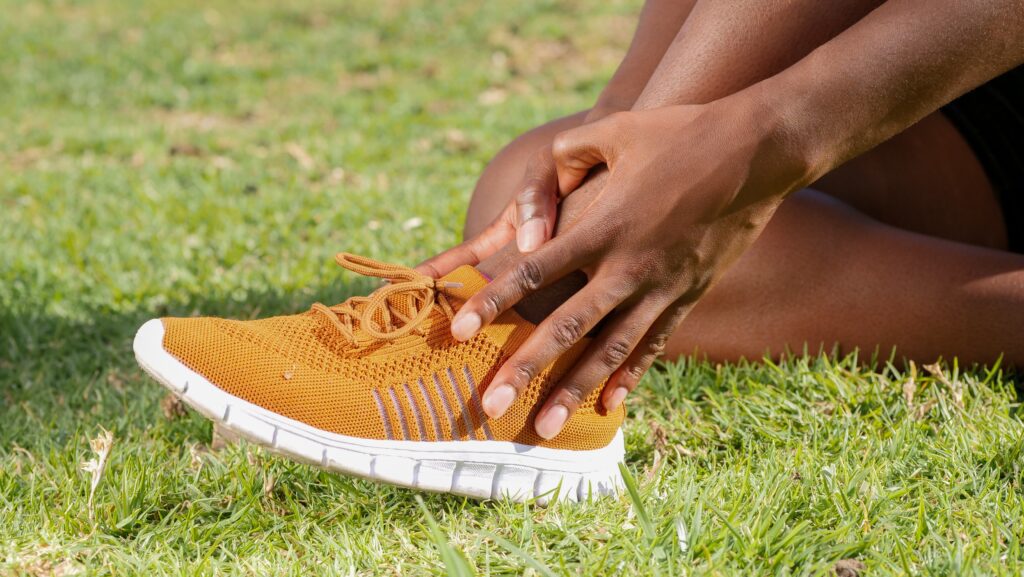INTRODUCTION
CAPR provides 50 sample questions for PCE written exam. These practice questions are available as a resource for candidates preparing for the Written Component of the Physiotherapy Competency Examination (PCE).
Let’s answer these questions and try to find the reasons.
A 38-year-old man is seeking treatment at an out-patient physiotherapy clinic for an insidious onset of right ankle and shin pain. The client states that the pain has been present for two weeks and is now unrelenting, even at night, and has spread from the ankle into the shin. He is a regular jogger and has
not changed his training regime. He believes his pain is related to running. He has not seen his family
physician about this problem because his physician is away for two weeks. He does not have a history of leg injuries and is in excellent health, except for a recent tooth infection.
- After completing the assessment, the physiotherapist decides to treat the client’s pain symptoms as part of the treatment plan. Which of the following modalities would be most appropriate to use?
A. Ice.
B. Superficial heat.
C. Short wave diathermy.
D. Thermal dose of ultrasound.

The answer is “A”
Ice, or cryotherapy, is commonly used in the initial stages of acute injuries or inflammatory conditions. The client’s symptoms, characterized by unrelenting pain and recent onset, suggest an acute or subacute condition. Ice can help reduce pain, inflammation, and swelling by constricting blood vessels and numbing the area.
Superficial heat (option B) is typically used for chronic conditions or to relax muscles, while short wave diathermy (option C) and thermal dose of ultrasound (option D) are modalities that provide deep heat and are often used for various therapeutic purposes, such as tissue heating and promoting blood flow. However, in this case, since the pain is described as unrelenting and the onset is recent, ice would be the most appropriate choice to help manage the symptoms.
- The physiotherapist finds that the client is lacking active and passive dorsiflexion range of motion in his right ankle. How should the physiotherapist approach joint mobilizations for this client?
A. Posterior manipulation of the talus on the tibia.
B. Grade 4 anterior glide mobilizations of the talus on the tibia.
C. Grade 4 posterior glide mobilizations of the talus on the tibia.
D. Joint mobilizations are contraindicated.

The answer is “D”
Based on the information provided, the appropriate approach for joint mobilizations for this client’s lacking dorsiflexion range of motion in the right ankle would be D. Joint mobilizations are contraindicated.
The client’s symptoms of unrelenting pain that has spread from the ankle to the shin, along with the recent onset, suggest a potentially acute or inflammatory condition. In such cases, joint mobilizations may not be suitable until a definitive diagnosis has been made by a healthcare professional.
CONCLUSION
We tried to answer three items from the CAPR sample questions. How was your result?
I will post other questions with explanations, so let’s beat the exam together!
USE EFFECTIVE MATERIALS
There is more about CAPR and PCE articles in this blog.
